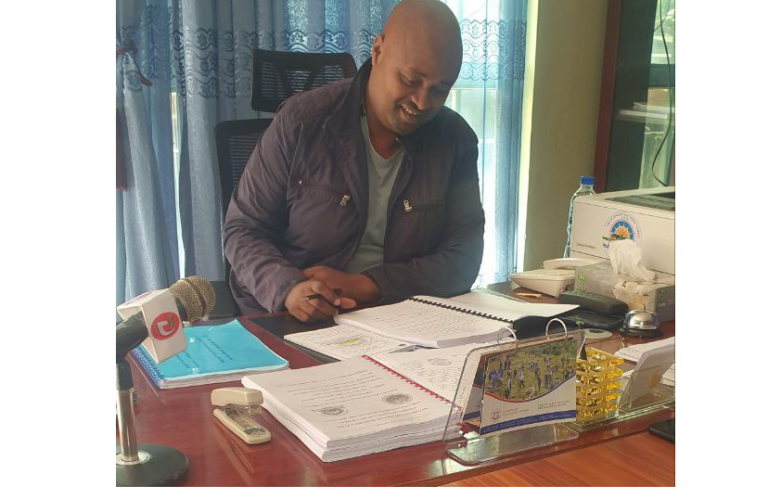About LLRP I
Over View of LLRP I
Lowlands Livelihood Resilience Project (LLRP) I
Lowlands Livelihood Resilience Project (LLRP) is envisaged as a six-year project and a first phase of a multi-phase engagement in pastoral and agro-pastoral (lowland) areas.
The project is a joint one between Ethiopian Federal Government and the project budget is approved by The WB and IFAD Board and finally by the Parliament of the Federal Democratic Republic of Ethiopia. The development objective is to improve livelihood resilience of pastoral and agro-pastoral communities in Ethiopia. The LLRP was developed with a broader focus on livelihood resilience, using a rangeland-centered entry area which plans public investments in a holistic way, incorporating pastoral rangeland and natural resource management, climate change adaptation and mitigation, development of pastoral and agro-pastoral value chains and related alternative livelihoods, nutrition, and job creation. It is seen as a flagship investment leading to a new generation of investments aiming to build livelihoods resilience in the pastoral and agro-pastoral areas in Ethiopia
LLRP I has Four Major Components
The project will build resilience through:
- Absorptive capacity, through rangeland and natural resource management interventions, strategic investments (SIs), and improved basic social service delivery, which will help communities and PAP systems to absorb drought shocks and reduce asset losses;
- Adaptive capacity, through livelihood improvement and by helping beneficiaries adopt climate-smart agriculture and investing in research systems that will contribute toward better adapting to changing climate; and
- Transformative capacity, through market links, small-scale irrigation, and livelihood diversification, that provide a basis for more fundamental socioeconomic changes and help beneficiaries reduce their dependence on rain-fed agricultural system.
Objectives
Planned SLM
Planned over 6 years 4000,000 hectares
water wires
Area Closure
REQUEST PLAN
Terms Index
An Alphabetical Index for Terminology CPT
B
C
D
H
THE IMAGE COMPARE for Subprojects
Before and After


For Our Quarterly Bulletin
Integrated with the MailChimp API
THE PROFILE GRID SHORTCODE
Connected with the Profile Custom Post Type
THE VC CHARTS SHORTCODES
Native Visual Composer 3 Kind of Charts
THE VC MEDIA GRID SHORTCODE
Native Visual Composer Gallery


